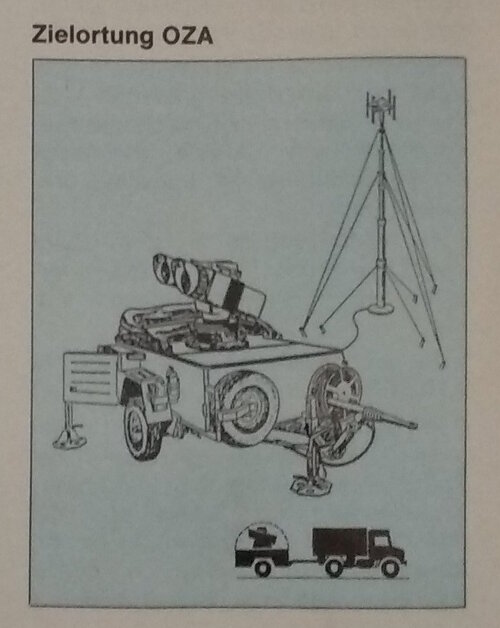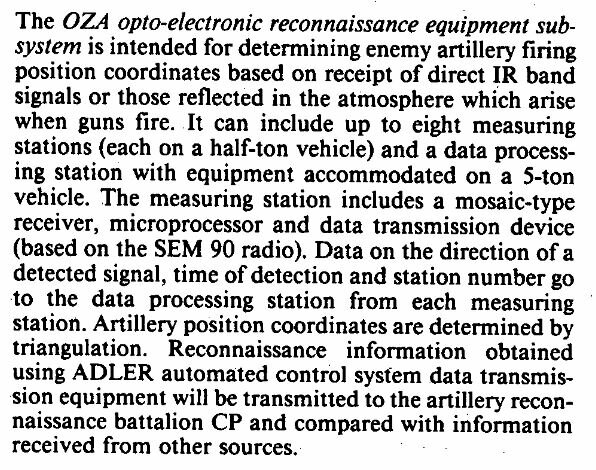- Joined
- 27 May 2008
- Messages
- 1,115
- Reaction score
- 2,231
Artillery has been called the “god of war”, and yet beyond fire location radars, there seems to have been no dedicated weapons systems to neutralise it. Self propelled artillery is nothing new and shoot and scoot with towed guns can become very demanding to get a timely response in the kill chain.
So I see the need for a new class of battlefield weapon the precision guided artillery killer.
Maybe something like this;-
An MLRS type rocket, lofts a kill payload over the active area. Once at altitude, say 45k ft the small low radar signature kill payload separates and deploys a parachute, say with a descent rate of 10ft/sec it gives about 20-25 min of hang time. The kill payload has an IR area detector looking for the unique thermal signature of artillery fire. Once detection and it’s broad location is fixed, the parachute detaches and the terminal phase begins. At a point the IR detector module is ejected from the kill payload, it’s work is done, and this reveals a short range MW precision seeker which provides a <2m hit on anything metallic. A Javelin style warhead finishes the engagement maybe assisted by an additional fragment loading to kill gun crew and burn surrounding ammunition.
This type of system could have a capability against mobile targets so making shoot and scoot tricky/costly. Also it would hit anything that produces a departure point thermal signature;- Artillery, MLRS, SAMS, even ATGM’s.
Any thoughts?
So I see the need for a new class of battlefield weapon the precision guided artillery killer.
Maybe something like this;-
An MLRS type rocket, lofts a kill payload over the active area. Once at altitude, say 45k ft the small low radar signature kill payload separates and deploys a parachute, say with a descent rate of 10ft/sec it gives about 20-25 min of hang time. The kill payload has an IR area detector looking for the unique thermal signature of artillery fire. Once detection and it’s broad location is fixed, the parachute detaches and the terminal phase begins. At a point the IR detector module is ejected from the kill payload, it’s work is done, and this reveals a short range MW precision seeker which provides a <2m hit on anything metallic. A Javelin style warhead finishes the engagement maybe assisted by an additional fragment loading to kill gun crew and burn surrounding ammunition.
This type of system could have a capability against mobile targets so making shoot and scoot tricky/costly. Also it would hit anything that produces a departure point thermal signature;- Artillery, MLRS, SAMS, even ATGM’s.
Any thoughts?
Last edited:


